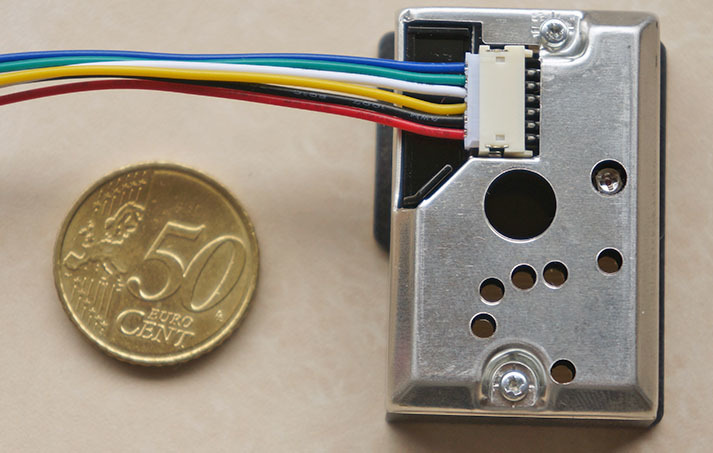Took a while but here are the answers:
The sensor measures NO2 and Loudness values, together with the temperature and humidity.
1. Are you building the sensor yourself or are you buying one?
The sensors are built by SODAQ, http://www.sodaq.com
2. What would be the cost of it?
Around €300 a piece.
3. Have you deployed it for production yet? Or, are you in the stage of building it?
Currently in the last building stage, we expect the first results in a few weeks.
4. Is it producing reliable measurements comparing to big and expensive ones that are used by the government meteorological agencies?
No, but multiple sensors can be calibrated against each other to give a good idea for differences in air quality between different locations.
5. How did you make it compatible with TTN?
It is built and designed to work with LoRa. There is a RN2483 module inside.
Elaborating on question 4, what motivates me is that a fine grained (mesh) network of sensors, although of lower quality, provide us with a whole new insight into the different variables that have to do with air quality when compared to only the few “high quality” sensors used by for instance the environmental agency. Especially when they are used to measure a larger area. In such cases the data from the mesh-network enriches the data gathered by the environmental agency, but is interesting on it’s own accord as well.
https://www.youtube.com/watch?v=soOZRqREAXg is an example of someone riding a bike through Rotterdam with a graph that shows the measured particles. The reliability of the way this data is gathered can/should of course be questioned, but either way it does point out some very interesting effects (i.e. standing a few meters back from an intersection greatly reduces the amount of particles in the air, and probably in your lungs).
Also, check out this publication by the Dutch institute for health and environment on using different sensors to measure air quality: Publicaties | RIVM especially page 31 with the comparison table!



